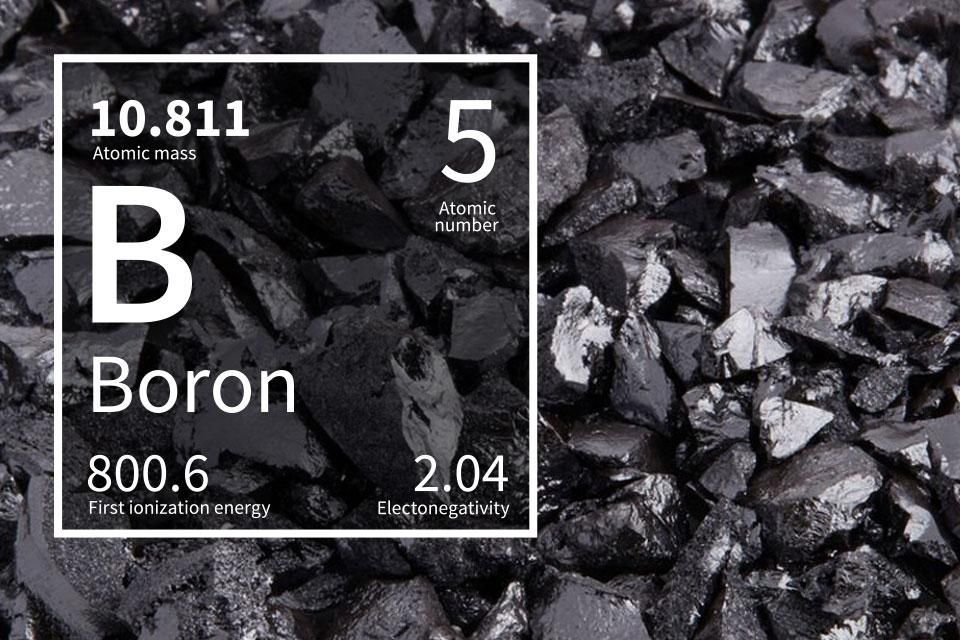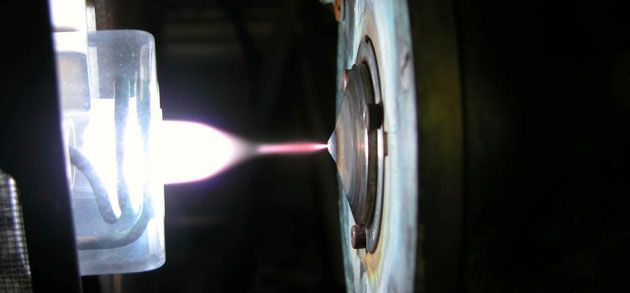Mehlich 3 Soil Analysis Method
A Comprehensive Guide to Modern Soil Analysis :
Introduction
In the world of soil fertility analysis, few methods have achieved the widespread adoption and versatility of the Mehlich 3 soil test. This multi-element extractant has revolutionised how laboratories approach soil nutrient analysis, offering a single solution that can simultaneously extract multiple nutrients with remarkable accuracy and cost-effectiveness.
Historical Background and Development
The Mehlich 3 method emerged from decades of soil chemistry research led by Dr. Adolph Mehlich at North Carolina State University. Building on his earlier work with the Mehlich 1 (developed in 1953) and Mehlich 2 methods, Dr. Mehlich recognised the need for a more universal extractant that could perform reliably across diverse soil types and pH ranges.
The Mehlich 1 method, while groundbreaking for its time, was limited to acidic soils and primarily focused on phosphorus extraction. The Mehlich 2 method expanded this capability but still faced limitations in alkaline soils and with certain micronutrients. These shortcomings drove the development of Mehlich 3 in the 1980s.
Dr. Mehlich's goal was ambitious: create a single extractant that could reliably extract phosphorus, potassium, calcium, magnesium, sodium, and multiple micronutrients across the entire pH spectrum of agricultural soils. The result was a carefully balanced solution that has become the gold standard for multi-element soil analysis.
The Chemistry Behind Mehlich 3
The Mehlich 3 extractant is a complex solution containing several key components, each serving a specific purpose in the extraction process:
Primary Components:
- Acetic acid (0.2 M): Provides the primary acidic environment for nutrient extraction
- Ammonium nitrate (0.25 M): Serves as a salt solution to displace exchangeable cations
- Ammonium fluoride (0.015 M): Specifically targets phosphorus bound to aluminum and iron compounds
- Nitric acid (0.013 M): Enhances the extraction of micronutrients and maintains solution stability
- EDTA (0.001 M): Chelates micronutrients, preventing their precipitation and ensuring extraction
Key Chemical Reactions:
Phosphorus Extraction: The combination of acetic acid and ammonium fluoride works synergistically to extract phosphorus from various soil fractions. The fluoride ions specifically target aluminum and iron phosphates, which are common in acidic soils, while the acetic acid extracts calcium-bound phosphorus prevalent in alkaline soils.
Exchangeable Cations: Ammonium nitrate provides NH₄⁺ ions that exchange with soil-bound K⁺, Ca²⁺, Mg²⁺, and Na⁺ ions on clay particles and organic matter. This process mimics the natural ion exchange that occurs in soil solution.
Micronutrient Extraction: The EDTA chelating agent forms stable complexes with micronutrients like iron, manganese, zinc, and copper, preventing their re-adsorption to soil particles during extraction. The mild acidity helps solubilise these nutrients from oxide and carbonate forms.
Advantages of Mehlich 3
Universal Application
Unlike many soil tests that are limited to specific pH ranges or soil types, Mehlich 3 performs consistently across:
- Acidic to alkaline soils (pH 4.5-8.5)
- Sandy to clay soil textures
- Low to high organic matter content
- Various mineralogical compositions
Multi-Element Capability
A single Mehlich 3 extraction can simultaneously determine:
- Macronutrients: Phosphorus, potassium, calcium, magnesium, sulfur
- Secondary nutrients: Sodium
- Micronutrients: Iron, manganese, zinc, copper, boron, aluminum
Research Validation
Decades of correlation studies have established strong relationships between Mehlich 3 extractable nutrients and:
- Plant uptake across numerous crop species
- Soil fertility recommendations
- Environmental soil assessment protocols
Why Mehlich 3 is Often Preferred
Agricultural Diversity: Regions with varied cropping systems benefit from Mehlich 3's ability to provide relevant data for multiple crop types from a single test.
Soil Heterogeneity: Areas with diverse soil types find Mehlich 3's universal application more practical than maintaining multiple extraction methods.
Economic Considerations: The method's cost-effectiveness makes it attractive for both commercial laboratories and agricultural extension services.
Economic Benefits for Farmers and Agronomists:
- Comprehensive nutrient profile from one test
- Reduced sampling and analysis costs
- Faster turnaround times for fertility recommendations
- Better return on investment for soil testing programs
Future Developments and Trends
Technological Integration
Automated Systems: Modern laboratories are integrating Mehlich 3 with automated sample preparation and analysis systems, further improving efficiency and reducing costs.
Precision Agriculture: GPS-guided soil sampling combined with Mehlich 3 analysis supports variable-rate fertilizer application programs.
Environmental Applications: The method is being adapted for environmental soil assessment, particularly for monitoring nutrient levels in sensitive ecosystems.
Research Directions
Method Refinement: Ongoing research focuses on optimizing the extractant composition for specific soil types and environmental conditions.
Correlation Studies: Continued validation work expands the method's applicability to new crops and regions.
Sustainability Integration: Research is exploring how Mehlich 3 results can better support sustainable agriculture practices and environmental stewardship.
Conclusion
The Mehlich 3 soil test represents a remarkable achievement in analytical soil chemistry, successfully balancing scientific rigour with practical applicability. Its development solved a fundamental challenge in soil fertility assessment: providing accurate, cost-effective analysis across diverse soil conditions with a single, standardised method.
For soil science professionals, the method offers reliability and versatility that has made it indispensable in modern agricultural and environmental applications. Its economic advantages, combined with decades of validation research, ensure its continued importance in global soil fertility management.
As agriculture faces increasing pressure to optimise nutrient use efficiency while minimising environmental impact, methods like Mehlich 3 provide the analytical foundation necessary for informed decision-making. The test's ability to simultaneously assess multiple nutrients supports the integrated approach to soil fertility management that modern agriculture demands.
The success of Mehlich 3 demonstrates how thoughtful method development, grounded in solid chemical principles and validated through extensive research, can create tools that serve the agricultural community for decades. Its legacy continues to influence soil testing methodology and remains a testament to the importance of accessible, reliable analytical methods in supporting global food security and environmental sustainability.











